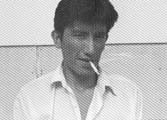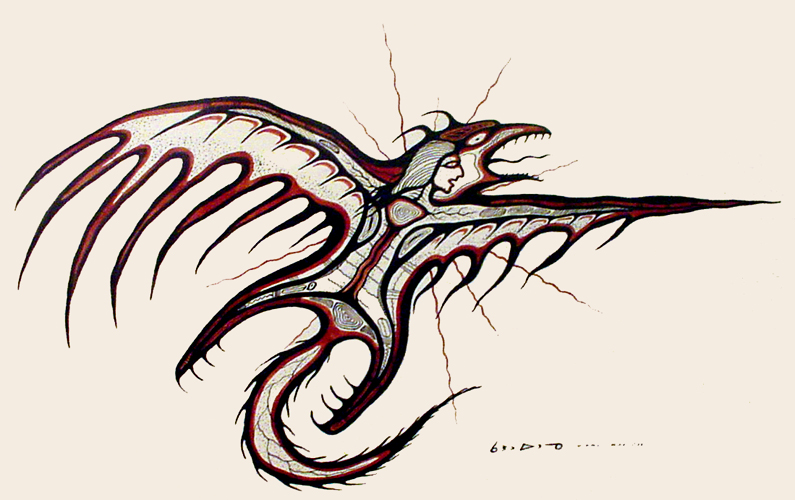
Carl Ray (January 10, 1943 – September 26, 1978) was a First Nations
artist who was active on the Canadian art scene from 1969 until his death in
1978. Considered primarily a Woodlands Style artist, he also painted European
style wildlife and landscapes. He was a founding member of the Indian Group of
Seven. He apprenticed under Norval
Morrisseau and worked on the mural for the Indians of Canada Pavilion of Expo
’67 in Montreal. Norval had designed and sketched the mural but it was Carl who
did most of the work and was left to finish it. As well as translating the
legends, Carl also created a large and impressive group of illustrations for
James Stevens’ book “Legends of the Sandy Lake Cree” in 1971. With the help of Ontario Department of
Education Superintendent Robert Lavack, Carl embarked on a tour teaching art at
schools in northern communities. Carl continued to develop and paint through
the mid 70’s completing notable large scale mural opportunities at schools and
the Sioux Lookout Fellowship and Communications Centre as well as smaller works
becoming more popular. In the early 1970s Ray had the first solo exhibition of
his black and sepia, Woodlands style paintings on paper and canvas at
Aggregation Gallery in Toronto. By 1975, the Indian Group of Seven had formed
and Ray was enjoying acclaim and purchases by notable collectors such as Dr.
Peter Lewin and Dr. Bernard Cinader, as well as public institutions such as the
McMichael Canadian Art Collection. He also illustrated the cover of “The White
City” published by Tom Marshall in 1976. Much of Carl’s
art was influenced by his often troubled personal life and inner demons and
excesses.

